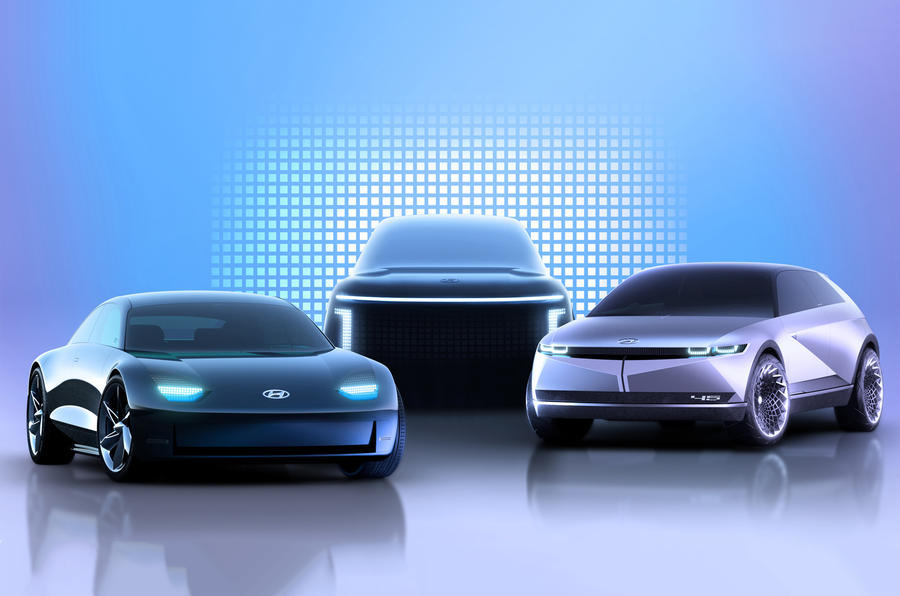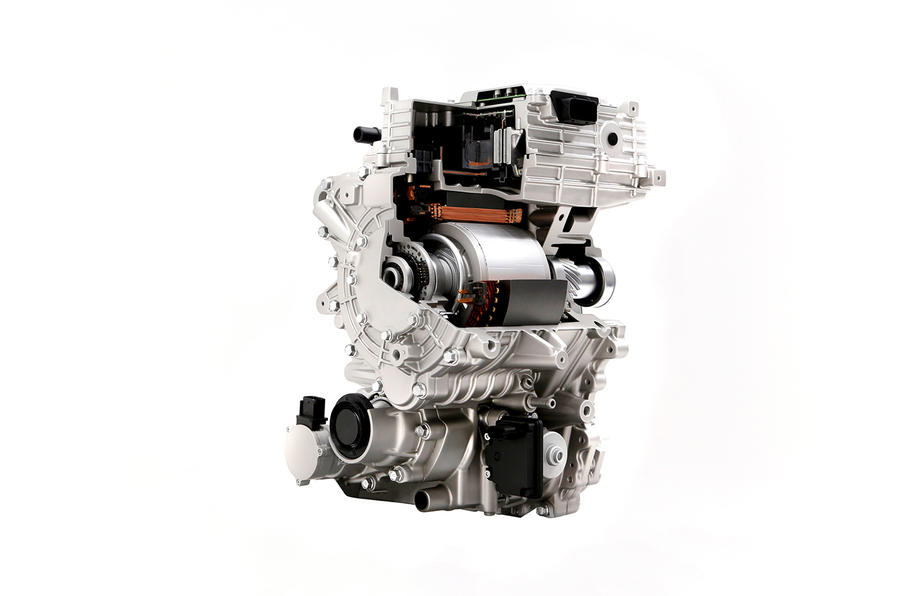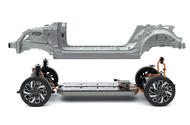E-GMP architecture underpins EV roll-out strategy for Hyundai, Kia and Genesis; arrives with Ioniq 5 in 2021
The next generation of electric cars from the Hyundai Motor Group (HMG) will sit atop the new Electric-Global Modular Platform (E-GMP) architecture, beginning with the boldly styled Hyundai Ioniq 5 crossover in 2021.
The manufacturers’ first bespoke battery-electric vehicle architecture will go on to underpin cars of varying sizes from Hyundai, Kia and Genesis, ranging from hatchbacks to full-size SUVs, as part of the group’s strategy to introduce 23 full EVs by 2025.
Cars based on the E-GMP platform will offer a maximum range of more than 310 miles per charge, with standard high-speed 800V charging capability – so far only available on the Porsche Taycan – allowing an 80% charge in as little as 18 minutes from a 350kW rapid charger.

With lower-capacity 50-150kWh chargers currently more readily accessible, the platform’s “multi-charging” system is also compatible with 400V infrastructure, courtesy of “world’s first” patented inverter technology that adjusts charging capacity.
HMG has also done away with the conventional on-board charger that features in its current crop of electric cars for a new Integrated Charging Control Unit (ICCU) that allows electricity to flow in both directions, allowing the E-GMP platform to be used as a power source for external electric machinery – including other electric cars. This new “vehicle-to-load” (V2L) function can supply up to 3.5kW of power.
The energy density of the batteries is said to be around 10% higher than those currently on sale, meaning they weigh less and can be mounted lower down in the chassis. Hyundai claims this is partly a result of a more compact cooling system, which uses oil rather than water.
The E-GMP is claimed to have been “engineered to offer improved cornering performance and driving stability at high speed”. The battery pack is positioned close to the ground for a low centre of gravity, while five-link rear suspension – as featured on the new Mercedes-Benz S-Class and Rolls-Royce Ghost – combines with an innovative ‘integrated drive axle’ for enhanced ride comfort and stability.
The powertrain itself comprises a “powerful” motor of undisclosed size, a single-speed transmission and an inverter, all housed in one module. The motor, despite being more compact than the brand’s existing units, is claimed to have a 70% higher maximum speed.

Power is sent to the rear wheels as standard, but E-GMP-based cars will be available with an optional second motor on the front axle for adaptable four-wheel drive.
Albert Biermann, head of research and development, explained the switch: “Today our front-wheel driven Hyundai and Kia BEVs are already among the most efficient ones in their segments. With our rear-wheel driven based E-GMP, we are extending our technological leadership into segments where customers demand excellent driving dynamics and outstanding efficiency.”
Performance will vary from model to model, but the company has confirmed that a dedicated high-performance model – likely the Hyundai Ioniq 6, which is based on the swooping Prophecy concept – will accelerate from 0-62mph in less than 3.5 seconds and reach a top speed of 162mph. Kia is also planning a performance EV, likely based on its high-riding Imagine concept from 2019.
With short overhangs at both end and a flat centre section, the E-GMP is also said to allow for a more spacious interior, with various seating combinations possible.
The platform will enter series production early next year as Hyundai ushers in the Ioniq 5, but existing EV models based on combustion cars – including the Hyundai Kona and Ioniq, and Kia Soul and e-Niro – will remain on sale for the foreseeable future.
READ MORE
Hyundai launches new Ioniq sub-brand for electric models
Source: Autocar
